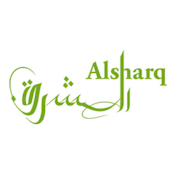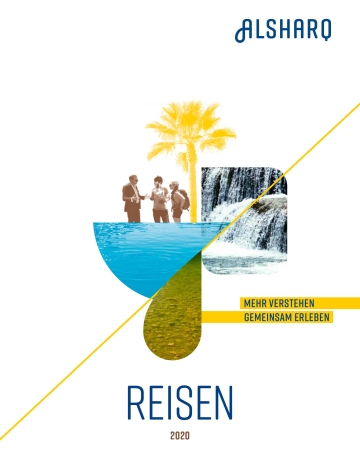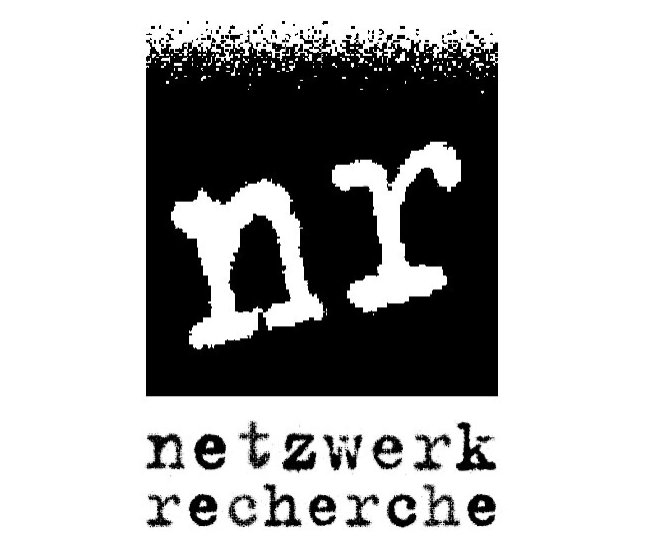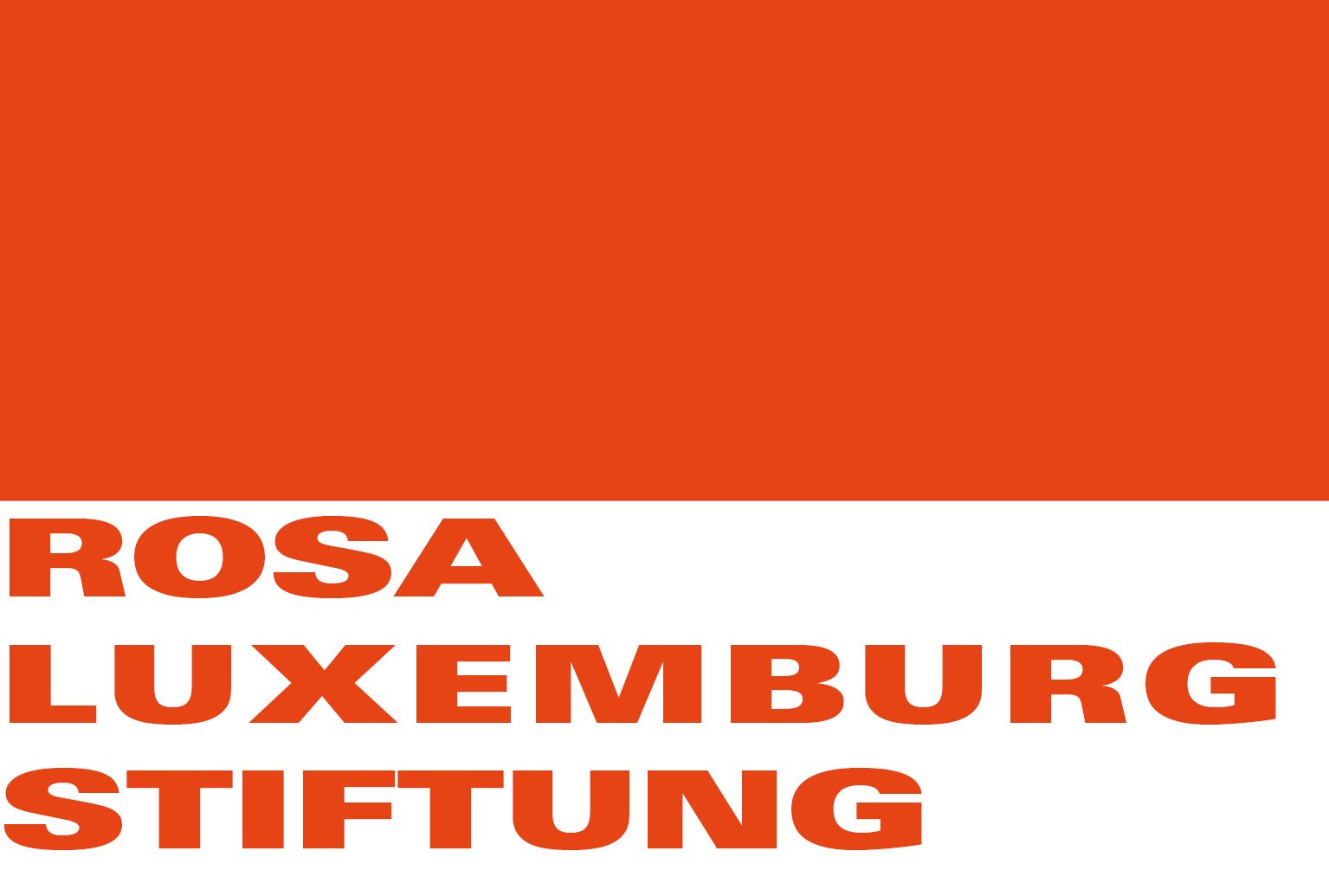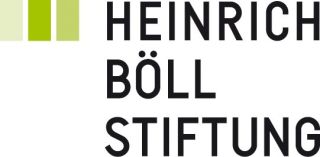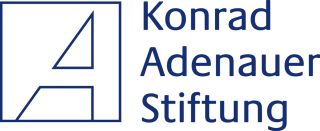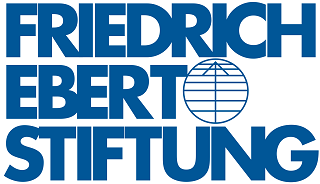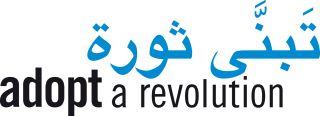Im zweiten Teil des Alsharq-Irak-Fokus wirft Schluwa Sama im Interview mit Nadje Al-Ali, Aktivistin und Professorin für Gender-Studies mit Schwerpunkt Irak an der School of Oriental and African Studies in London (SOAS), einen Blick auf die politischen und gesellschaftlichen Lebensumstände von Frauen im Irak und geht Fragen von Identität und Schulbildung nach.
Would you say that the situation for women in the different regions of Iraq has improved since the overthrow of Saddam Hussein’s regime in 2003?
One definitely has to take regional particularities into consideration. The biggest difference at the moment is between the Kurdish region, central and Southern Iraq. I personally have been in the Kurdish region and my friends from Baghdad and the southern regions were able to meet me there. So that is already a sign that at least there is basic security. As a woman you can walk on the street without generally being harassed.
In terms of the political will, the Kurdish Regional Government (KRG) is quite different from the central government. The KRG has been using women and gender issues to distinguish itself from the government in Bagdad. And Kurdish women rights activists have been able to use this, to pressure politicians to push through laws against honor killings. This nothwithstanding, things are far from perfect. Problems evolve around the issue of not implementing laws, of authoritarianism and gender based violence. But generally the situation is more positive and there is a distinct impact of civil society.
If we look at Central and Southern Iraq, I think the situation is quite bad for women. With regard to all the basic indicators to measure the “status of women”, Iraq is doing badly. There is a shift towards greater social conservatism and greater control of women’s appearance, mobility and participation in different aspects of public live. I think that the militarization of Iraqi society had a huge negative impact on women. What feminist scholars would call the continuum of violence is very apparent in the Iraqi context. So you have an increase in domestic violence and gender-based violence.
How are political parties and the government dealing with gender-based violence?
I would say that the current parties, including both secular and Islamist parties, are not particularly concerned with gender-based violence, whether it’s the increase in domestic violence, in trafficking of women or forced prostitution. So the perpetrators of that violence are getting away with it.
Why do you think this is? For example, most of the parties have a women’s organization which is closely affiliated to those parties. In how far do you consider this proximity to the parties as problematic when it comes to the independence of women’s organizations?
First, I think there is a difference. The KDP (Kurdistan Democratic Party) and the PUK (Patriotic Union of Kurdistan) have a long tradition with women’s unions which are very active. This is not the case with the Islamic Supreme Council of Iraq (a party which is largely supported by the Shi’a community of Iraq) or the Dawa Party (Party of current Prime Minister Nouri al-Maliki). They do not have that tradition of a closely affiliated women’s union. The only reason why women are present in these parties is the women’s quota. So we can see a great difference.
That is why the fact that these parties might have a women’s council does not necessarily mean that they represent women’s rights. Looking for instance at the General Federation of Iraqi Women, they were more an arm of the Ba’ath party then defenders of equality and justice. Having said that, at certain moments in time they did actually try to challenge the state. In the same time, there are women in political parties who feed into and contribute to social conservatism and gender inequality.
Generally speaking, I think that the situation is really difficult for women. I do not like the comparison which says that it is worse now than it was before 2003. I do not think that Iraqis should have to choose between then and now.
If we look at experiences of women in other post-conflict societies, it is often observed that women are part of revolutions, upheavals and wars. But in the aftermath, women are marginalized in institutionalization processes. Does this apply to the Iraqi context as well?
Yes, I agree to this for Iraq. When you look at the political mobilization in Iraq after 2003, women – and I am speaking mainly about urban middle class women – were amazing. There were a lot of women also at the neighborhood level who mobilized and tried to deal with the chaos and lawlessness. At the same time, you had women mobilizing exactly because they had this incredible stake in the new Iraq. A lot of Iraqi women told me that ‘we are the ones who kept Iraq together’. Particularly through the experiences at the time of sanctions, women were very creative in making a living. So in 2003, there was a mushrooming of political mobilization of women. I remember that in 2004/2005 no week passed without a group on the street holding sit-ins and demonstrations. The protests were very outspoken and visible and the women were challenging the government and the CPA (Coalition Provisional Authority, the first government installed under US-control). That was also during a time when the international community had its eye on Iraq and women were used to show that it is a success story. So women were the yardstick for democracy and women’s rights.
So when and why did this immense political activism of women decrease?
Women’s activism changed in 2005 with the increase in insurgency and violence. It caused a shift from human security to national security. So women dropped off the agenda – even though I am not sure whether they ever really were on the agenda of Iraqi politicians.
Women have been systematically sidelined in the institutionalization of the political transition. The Iraqi governing council for example had only two women. One positive thing is the women’s quota of 25% in parliament, which was put through despite US objections. Still, the quota can be seen as problematic. The question is, who are these women that benefit from the quota. Unfortunately, it is neither the women who mobilized other women, nor the women with political experience. Rather, the women in parliament are put on the list by political parties and often they are relatives of politicians.
As of today, Iraq does not suffer from a degree of militarization as high as it was from 2003 until 2007. Likewise, there is no evident threat of an acute war. So do you consider it safe to say that with this decreasing militarization there is also a decreasing rate of domestic violence?
I agree that in comparison with the acute violence of 2007, the level of arms and militia warfare today has decreased. But militarization is a process. It has become clear that the political elite has used militias and violence to push through politics. Therefore armed violence has been established as part of politics.
Another issue in Iraq is the absence of any process of disarming a large part of the population. People did not hand in their weapons. This also goes along with a certain mindset that provokes a number of pertinent questions about the style of politics after the invasion: What means are being used for decision-making processes? How are conflict and political tensions solved? And how did al Maliki achieve his power? To my opinion, it was not only through his talking and rhetoric, but also through his use of military power, for example when he sent troops to Basra to fight Shia' opponents. (In 2008, Prime Minister Maliki sent Iraqi troops to fight the Shiite Mahdy Army. This act might be motivated by his will to stick to power).
We have to keep in mind that militarization is a long term process. It did not start in 2003 alone. Iraqi society has been militarized for a long time. The point is that as part of the US agenda, the aim was to de-militarize Iraq in 2003. And this has failed horribly. Iraq is a newly militarized society and one of the outcomes has been the impact on gender relations in many different ways. It impinges on the image of an idealized strong, armed Iraqi man. Linked to that, inevitably, is the increase in domestic violence and increased harassment of women.
Turning to discourses on women in Iraq: How do people deal, think and talk about women’s issues in today’s Iraq? Can we observe one prevalent discourse on women in Iraq? And has there been a change from 2003 until now?
I see the emergence of several prevailing and contesting discourses. One discourse is on the level of the Iraqi government. And I am speaking of Islamic Shi’a parties which have been mainly in government since 2005 and their discourse is quite a reactive discourse. This discourse reacts to the previous secular Ba’ath policies and forms of state feminism. So the main parameters are socially conservative, regressive and stress the difference and authenticity vis-à-vis both the previous regime and the 'West'.
Then there is the discourse on resistance to Western Imperialism among some Shi’a and Sunni parties and among the Iraqi population too. Women have been used as symbols of Imperialism from the West. Therefore they have also been used as resistance to Imperialism by Iraqis. (To see women as symbols of resistance to the West implies that they need to behave in a distinct so-called “authentic” Iraqi-Islamic way.) A clear example for this mindset and discourse was when in Basra in 2012 a large number of women were killed for not being Islamic enough. The reasons behind the killing given to justify at can be seen as a symbol for this discourse. Another example are the militia resistance groups who move into neighborhoods. We can observe a distinctive pattern in that they were controlling women’s dress code and mobility. They used these acts to say “we are here and we are controlling the neighborhood”.
And then there is the discourse within the women’s movement and I think there is a continuum among secular and Islamist women. Their main statement revolves around human rights or claims such as “there is no democracy without women”. And then as Zahra Ali (PhD candidate at SOAS, London) shows in her empirical research in Iraq, Islamist women are also referring to UN-conventions and universal norms. So it is not as dichotomous as we often think in terms of secular and Islamic feminism.
So talking about “secular” and “Islamic feminism”, what kinds of groups are dominant in today’s Iraq? Do we have a majority of secular or Islamic women movements?
Women of the Kurdish region would mostly claim that they are secular and anti-Islamist. In this way, they distinguish themselves from southern and central Iraq. But many of them also told me that they work with Islamist women. They expressed their respect for Islamist women who work very hard. However, there are some red lines with respect to the Personal Status Quo but on most issues they work together.
In Iraq, there is the Iraqi women’s network which is a network of over 80 women’s organizations and that is a longer continuum of explicitly secular, Islamist and if you want liberal Islamist feminism. In this network, there are no women who are rigidly part of Islamic parties. And they are also working across ethnic and religious divides. Religion is important to who they are and to their daily lives, but they would not want to copy Iran. So people who opt for an Islamic state are the minority.
Hanaa Edwar – who is the coordinator of the Iraqi women’s network and has a background of being communist and Christian and who spent a lot of time in the Kurdish region – is really trying to bridge the secular versus Islamist women’s divide.
So is it fair to say that women’s activism creates a space for a national Iraqi Identity that brings together the different sects and ethnicities of Iraq?
For many women, greater equality of women’s rights intersects with a struggle against sectarianism and the struggle against authoritarianism. Those women are also at the forefront of challenging Prime Minister al Maliki and the new authoritarianism.
At the same time, you have some women’s rights activists who are reproducing and feeding sectarian tensions and divisions along party lines. But the Iraqi women’s network was very instrumental in a campaign with the title “enough violence” and “stop sectarianism” which was articulated in a context of increased violence in 2007- 2008.
I think that intersection is very important and you can see the names of women popping up in different issues. For example, the same women who would be lobbying around Article 41 (Article 41 is a controversial part of the Personal Status law which weakens the state interference in civil matters such as marriage while giving more space to Islamic Sharia law) are also at the forefront of anti-corruption lobbying.
Turning to the issue of civil society, in how far can we speak of a civil society? Where do women stand here? Many Iraqis complain that Iraq does not have a real civil society as Iraq has become a party state where parties co-opt independent civil society activists. How do you see this?
Again, there are regional differences. In the Kurdish region, a large majority of women’s organizations are linked to political parties. The minority of activists are independent.
In central and southern Iraq, authorities attempt to ostracise women’s organizations and broader human rights organizations. There was an incident last year during which Al-Maliki accused civil society, human rights and women’s rights organizations of being “terrorists”. This incident came after protests against the inefficiency and corruption of the government on Tahrir Square in Bagdad. Civil society organizations were involved. Al-Maliki thereby tried to discredit civil society as working with insurgents.
I think there are independent civil society organizations all over Iraq, but they are really struggling as everything works through political party affiliations. One example is universities where in the past you had to be in the Ba’ath party to be dean. Now, each University is controlled by different militias and political parties.
Looking precisely at the role of universities and education, how do you assess the role of women’s access to education?
Again, there are huge differences between the Kurdish region and the rest of Iraq. Since 1990 and definitely since 2003, the development in the Kurdish region is positive in terms of access to education. The region is stable and economically thriving and there is more investment in housing and schools. Literacy rates have been increasing. This is also true regarding higher education where the Kurdish Regional Government is pushing for scholarships. So there is a positive transformation which I do not see in central and southern Iraq.
In central and southern Iraq, there was already a deterioration of the education system during the sanctions period and that has continued. Comparing illiteracy rates to 30 years ago, they are higher now. A lack of security prevents a lot of people to send their children to schools in a context where a lot of schools actually were destroyed. In rural areas, this is particularly difficult.
What is being taught in schools and how does this affect gender norms in society?
I have not looked into school books, but I have a colleague who has done a study on school curricula and asked what these books actually teach children on ethnicity, religion and gender. What he found is very scary. Children are taught extremely conservative and traditional gender roles.
What adds to this is the problem how people teach this and how they interpret it. So one problem with education in Iraq is not about getting people to think, but it’s about a mentality of memorizing. So children are judged for their ability to read what is in the book or what they are able to memorize, instead of asking critical questions.
How does this look like on the level of higher education?
At the level of universities, there is a similar mentality of memorizing. Also, very hierarchical structures between teachers and students are prevalent. Some lecturers are now telling me that they are afraid of their students. So there has been a wave of assassination of lecturers which was largely because of their former Ba’ath affiliations and other political reasons. However, some colleagues tell me it was also because the students did not like the marks a lecturer gave them. So in a situation of lawlessness where it is militias who are controlling the universities, there had been negotiations on the marks of students whose families are in a powerful position. Therefore the pressure on lecturers was high to let those students pass.
And women certainly have access to university. The question here is what kind of education they get and who has access to trainings and scholarships. I did a study on the problems and challenges female academics are facing in Iraq. It becomes clear that those academics who get a PhD for a scholarship are men first, especially those who are linked to a party.
Speaking about the role of culture and art in contributing to a different mindset and a common Iraqi identity, how would you assess this?
Culture is an important point. I do see that there are some positive developments. There is creativity and especially young people are trying to use new media and films to express themselves. Visual arts and literature have a long history but particularly film and theater are widely used. So there are sparks of hope and there is a lot happening nowadays in the field of culture.


